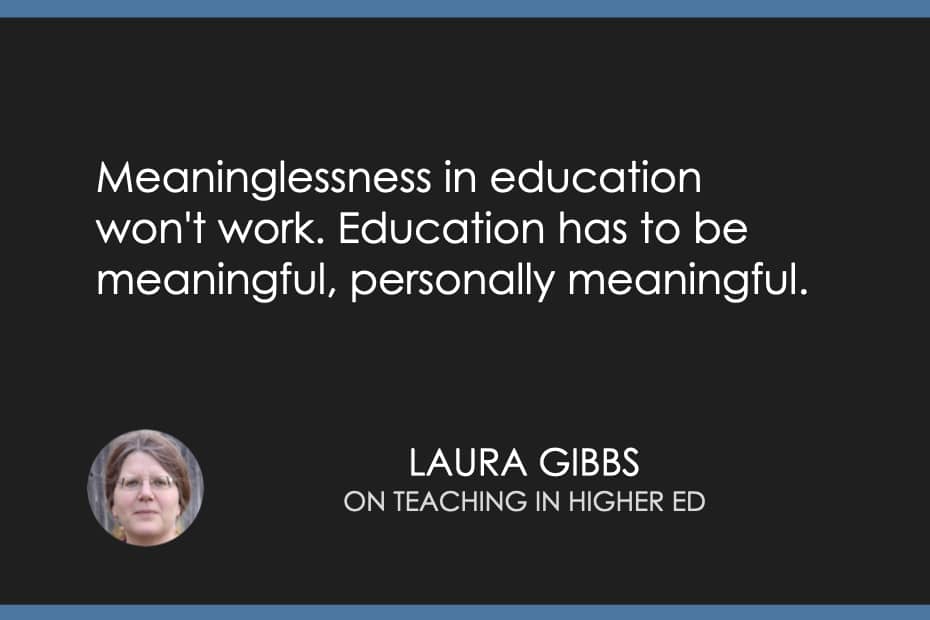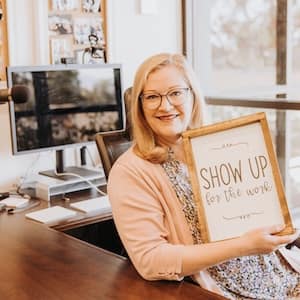Podcast (tihe_podcast):
Play in new window | Download | Transcript
Subscribe: Apple Podcasts | Spotify | RSS | How do I listen to a podcast?
Laura Gibbs shares how to get started with interactive storytelling in any discipline on episode 570 of the Teaching in Higher Ed podcast.
Quotes from the episode

I think what happens with a lot of people's efforts to tell stories is that they're staring at a blank page or a blank screen, and they just feel lost in it because they don't have a form that they're filling up.
-Laura Gibbss
Everybody was thriving with these hundred word stories.
-Laura Gibbss
Meaninglessness in education won't work. Education has to be meaningful, personally meaningful.
-Laura Gibbss
